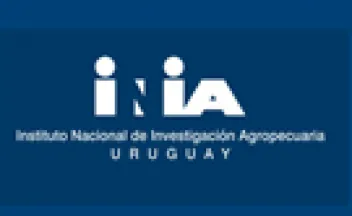Short- and long-term effects of sowing rate on plant density of lucerne (Medicago sativa L.):a review of experiments.[Efectos de la densidad de siembra de alfalfa sobre la densidad de plantas en el corto y largo plazo:revisión de experimentos].

Conclusions: During the seedling stage, more than 10 kg of bare seed ha-1 are required to reach the minimum recommended number of plants (250 pl m-2). Even when data indicates that as little as 5 kg ha-1 of bare seed are enough to reduce the time it takes the stand to reach the threshold of minimal plant density by ~400 days, increasing sowing rate to >10 kg ha-1 appears to be necessary to reduce weed competition and the costs associated with herbicides.
